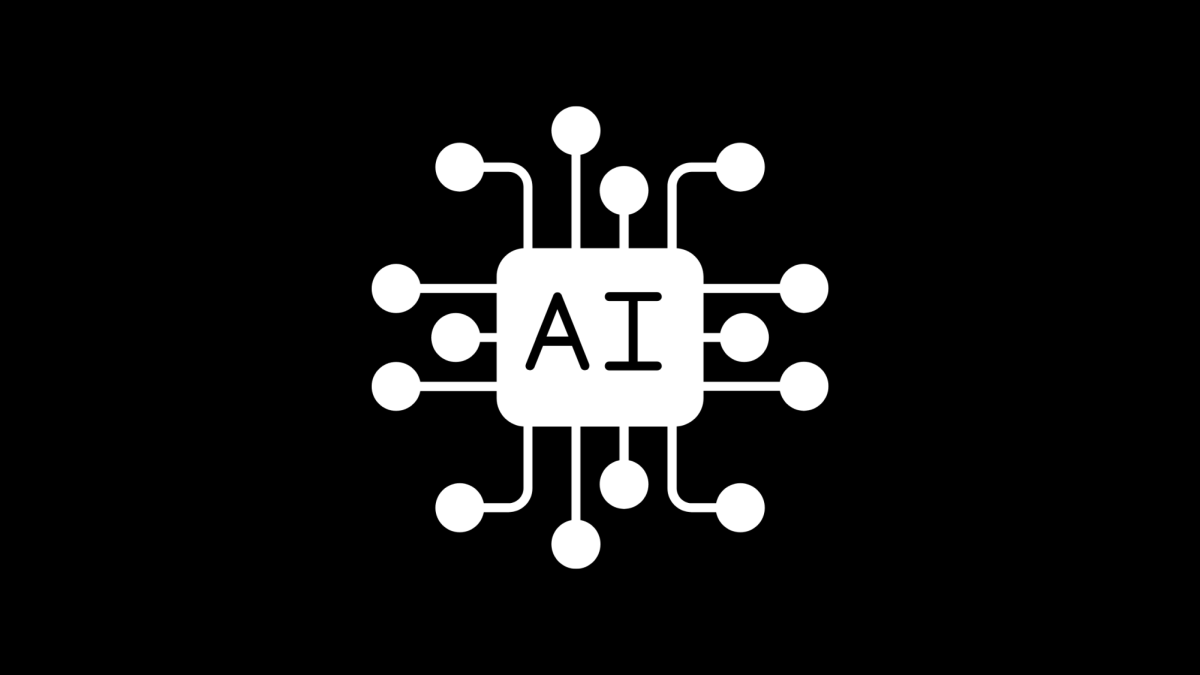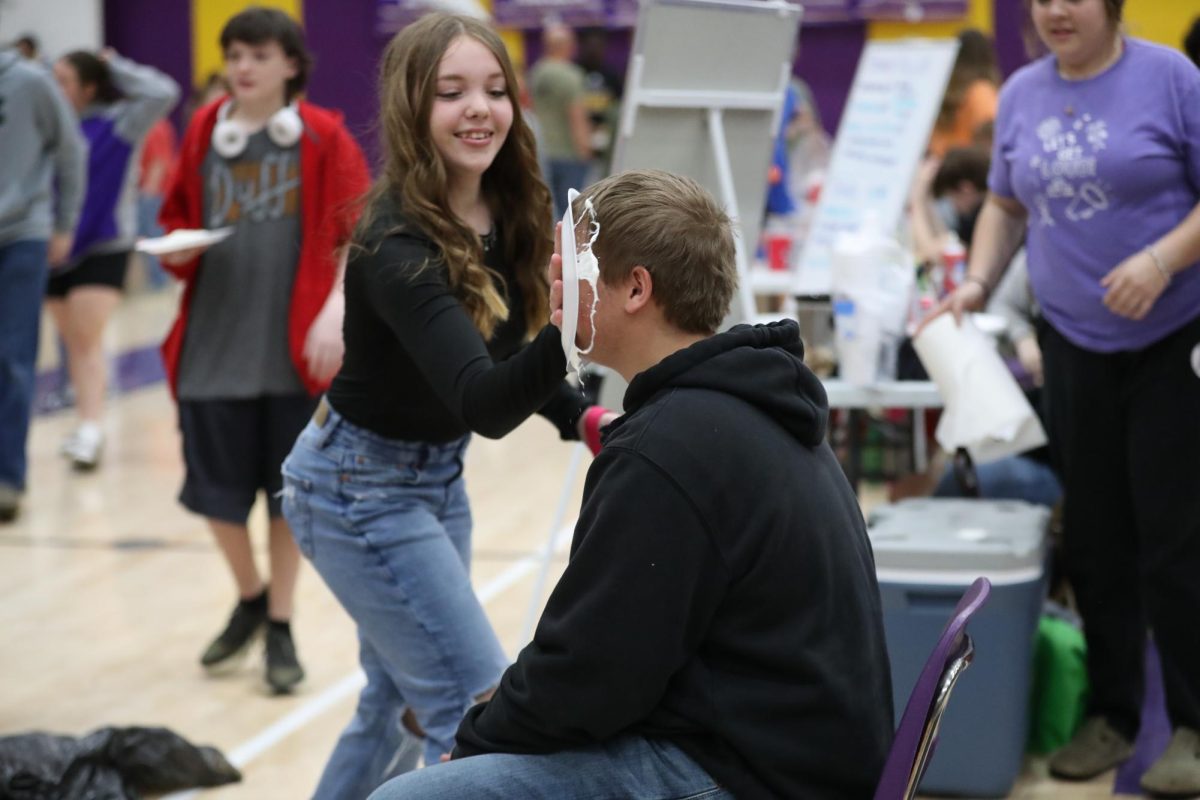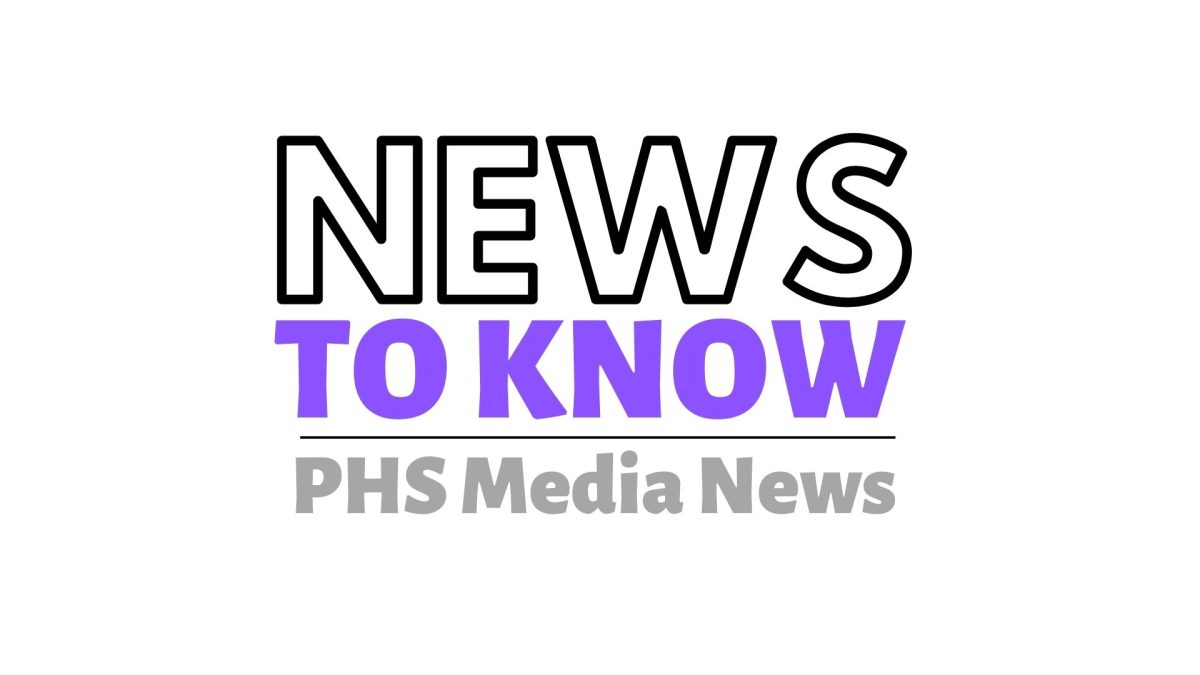As technological innovations are continuously released into society, artificial intelligence has begun to be incorporated into education. Artificial intelligence, or AI, refers to computer systems capable of performing complex tasks, such as reasoning, solving problems or even making decisions. Recently, there has been a rise in students incorporating AI into their school work. The question is, can AI be used as a beneficial tool for students or should it be raising teachers’ concerns?
The use of AI in education has brought up a lot of controversy lately. AI has the potential to address some of the biggest challenges in education today, but students can very easily take advantage of its potential. In a survey to our staff, 45% of our media staff believes that incorporating AI into school could be very beneficial for students. The majority of our staff stated we do not know how to use AI, or are unsure about how it works.
AI works by combining data sets with multiple algorithms, and then manipulating these algorithms by learning behavioral patterns within the data = sets. AI can answer questions quickly through data analysis and pattern recognition, in which the system learns patterns and makes predictions. As a result, AI is recognized as a simulation of human intelligence and can answer complex questions almost instantly.
The majority of teenagers have at least one form of social media on our phones, whether they realize it or not. Snapchat, for example, contains an AI that is known as a chatbot. On your account, you can ask chatbot questions or even have a conversation together. Recently, students have used this chatbot to answer questions for homework assignments or even to write their essays. Other students have used this AI to improve their knowledge by helping simplify questions. Another popular AI amongst students is ChatGPT, which was released in November of 2022. ChatGPT allows users to enter a prompt in which they then receive videos, images or text created by AI. Numerous other forms of AI exist beyond these models, but students most commonly associate these two platforms with being used in education.
An article from the Harvard Graduate School of Education, “Embracing Artificial Intelligence in the Classroom,” states that the world of technology is evolving, and getting students to engage with this world is essential. The article recommends that educators should acknowledge AI, use it alongside their students and teach their classrooms how to use AI properly to spark imagination. In the article the author, Elizabeth Ross, addresses that the main concern of using artificial intelligence is that students may take advantage of it and use AI for cheating. However, Ross states that if students can turn to AI models for easy answers, then there is a problem with the lesson being taught.
In the classroom, lessons should be thought-provoking and should push students to become engaged. Specific AI models can provide students with the opportunity to spur high-level thinking and use their imagination. To allow AI to be accepted in classrooms, everyone has to be open-minded to the idea of change. We must keep in mind that technology is constantly changing, so we have to be accepting of new ideas. We must learn how to use AI as a beneficial tool that can be incorporated into lessons and provoke discussion because AI is the future of education.





